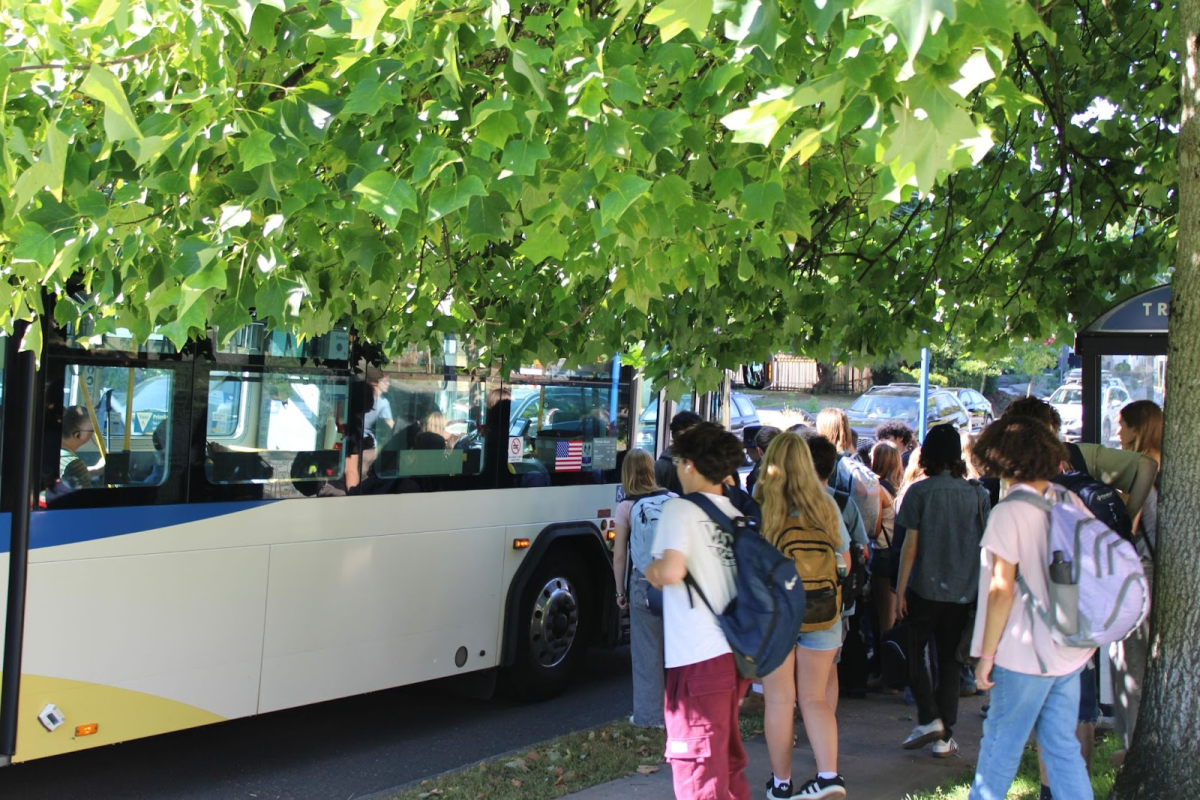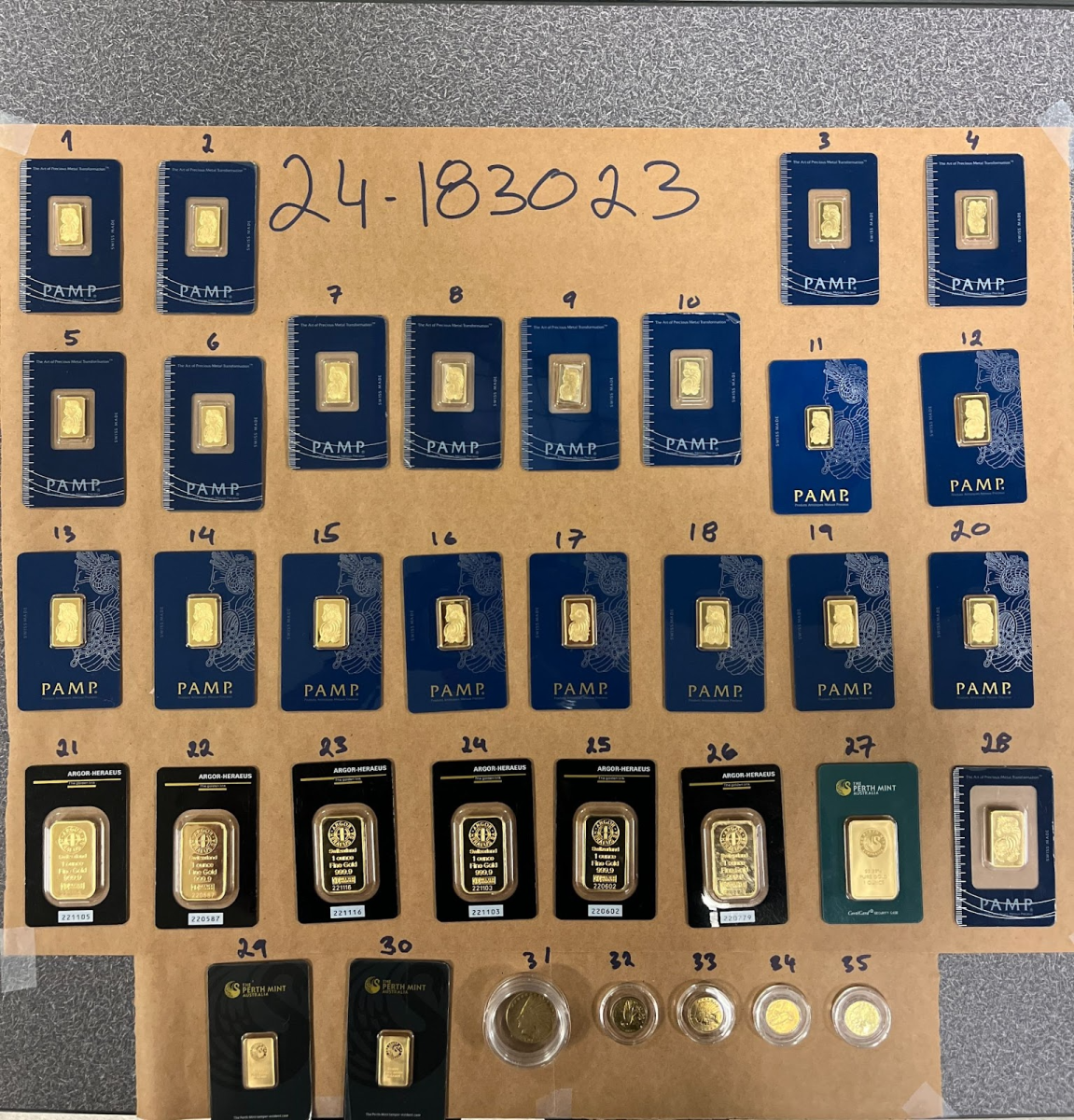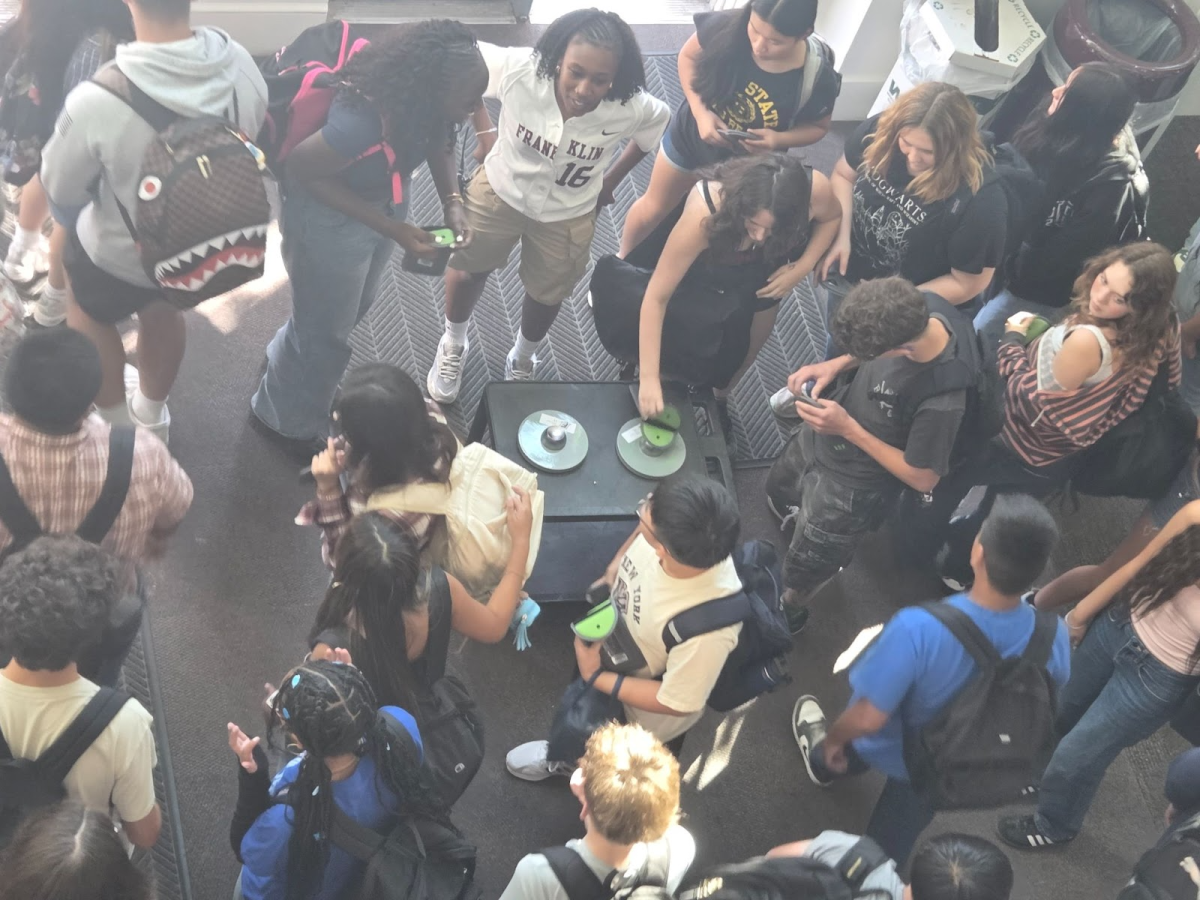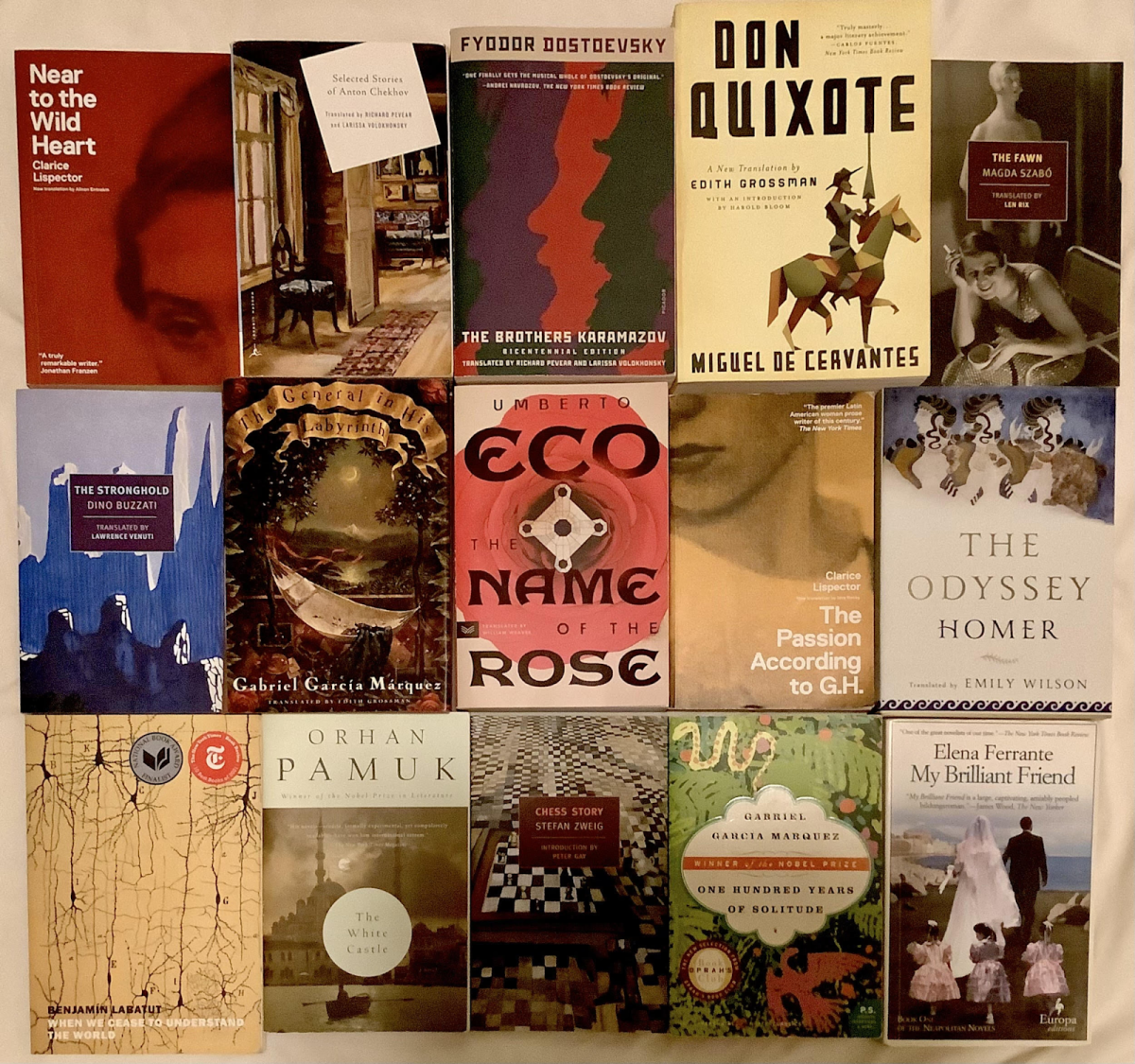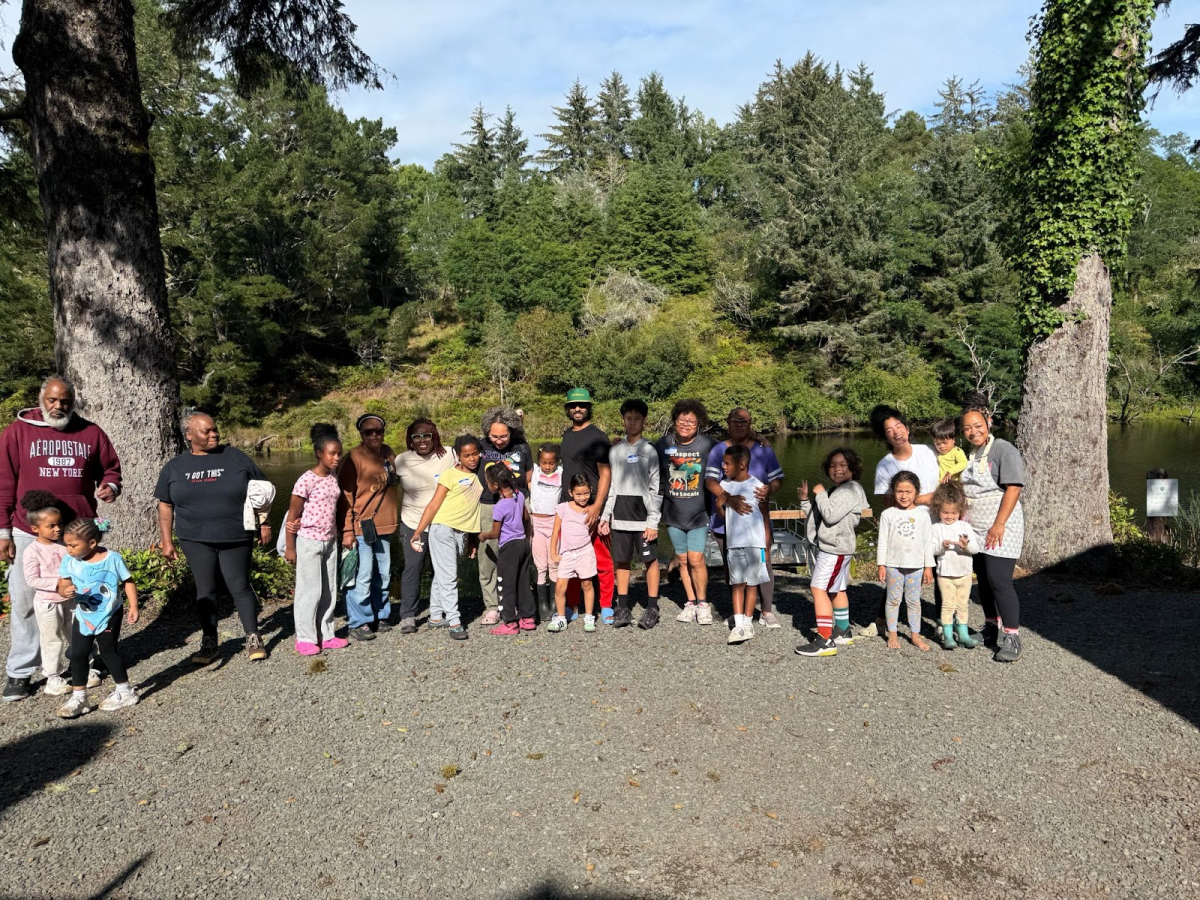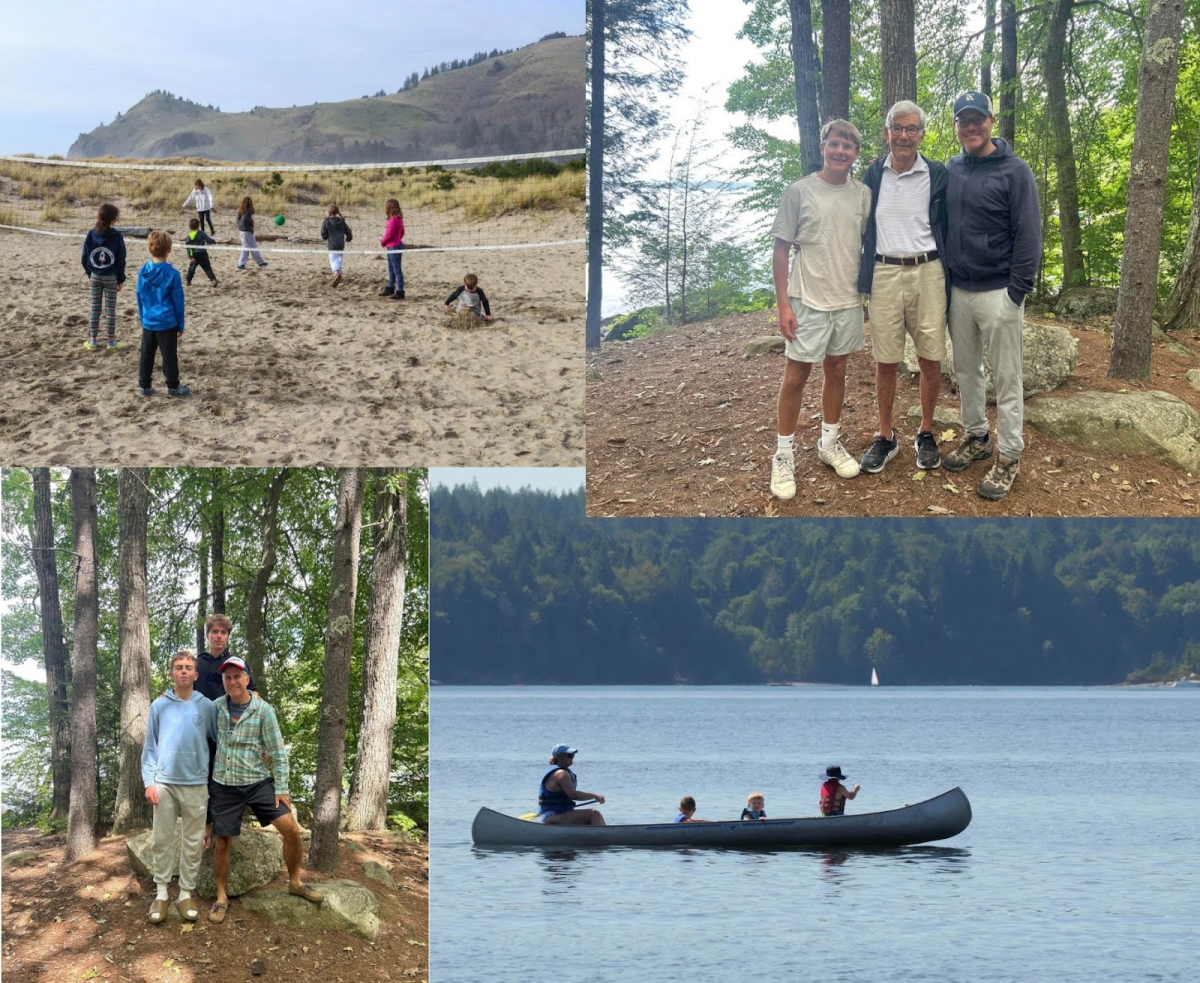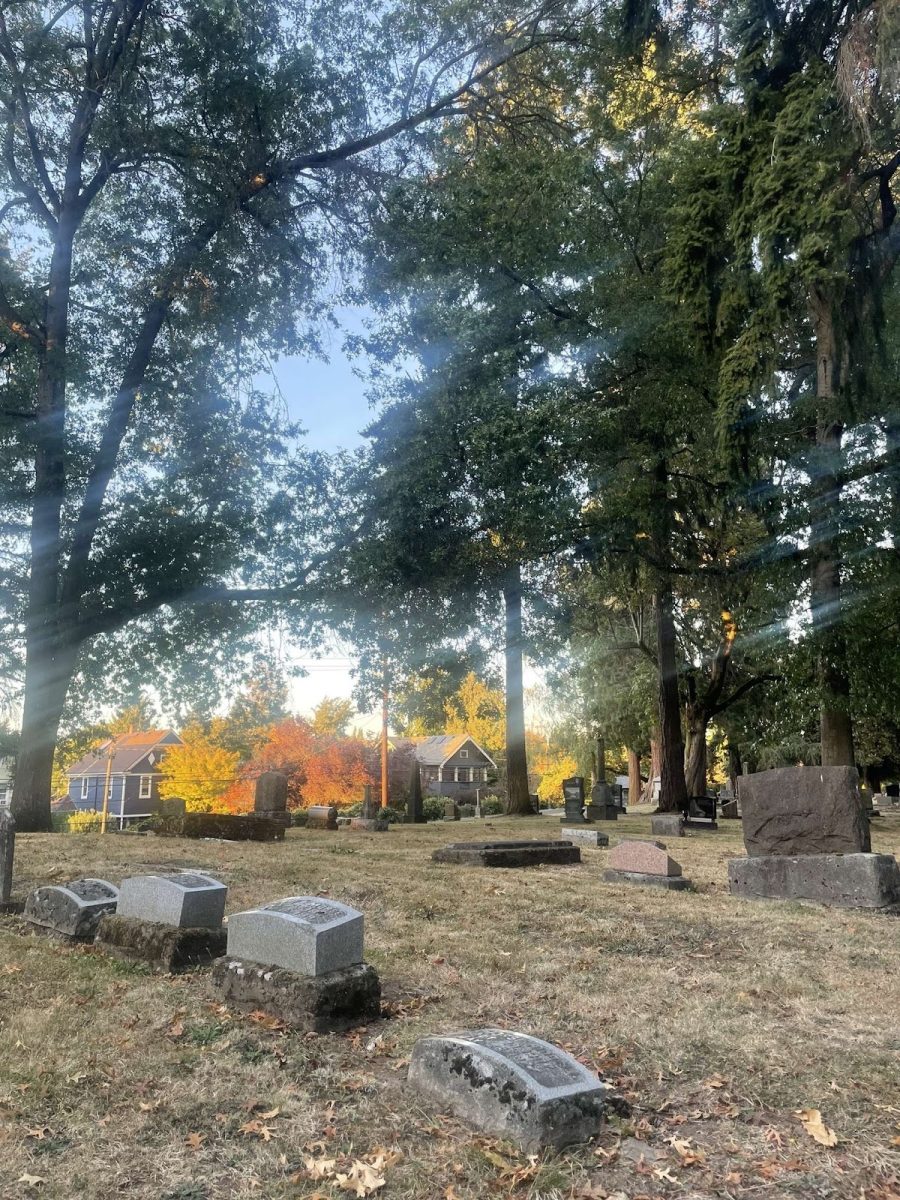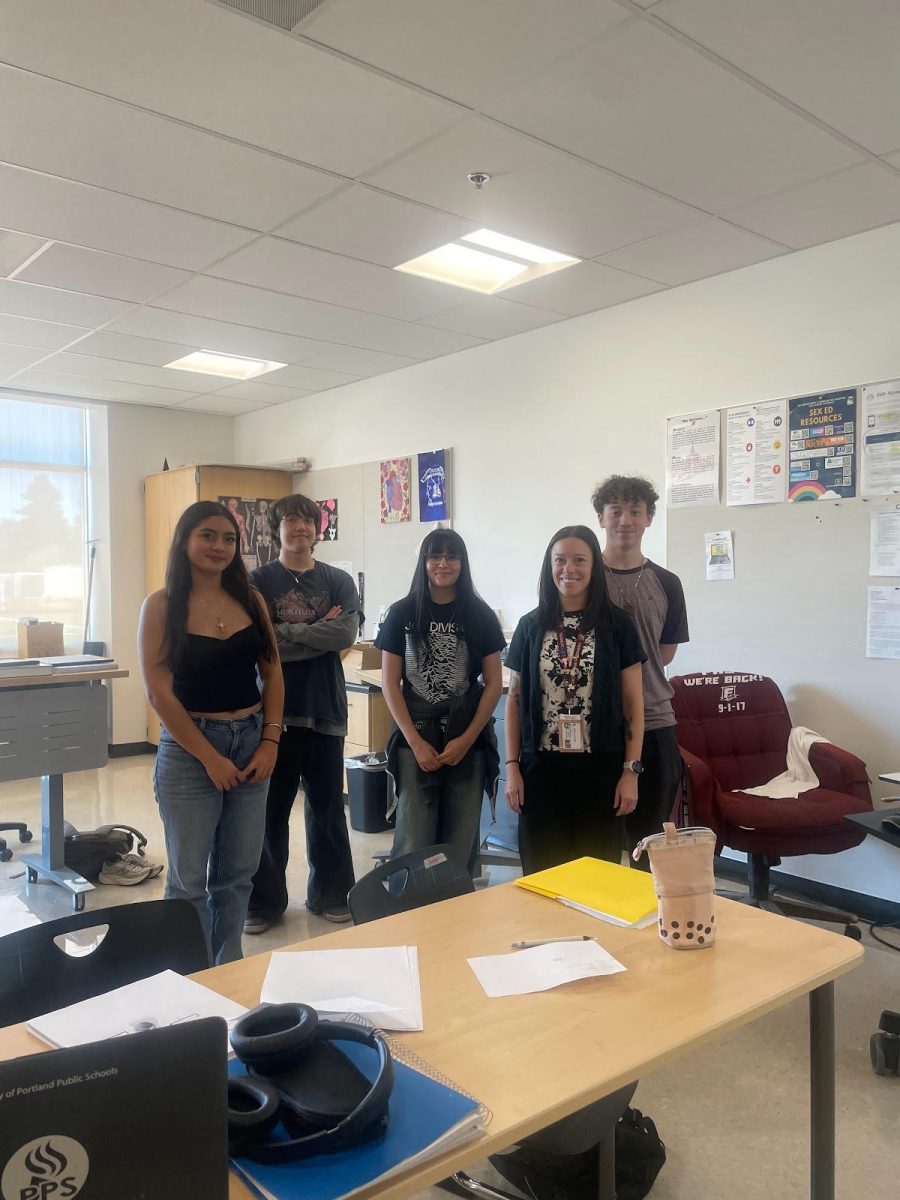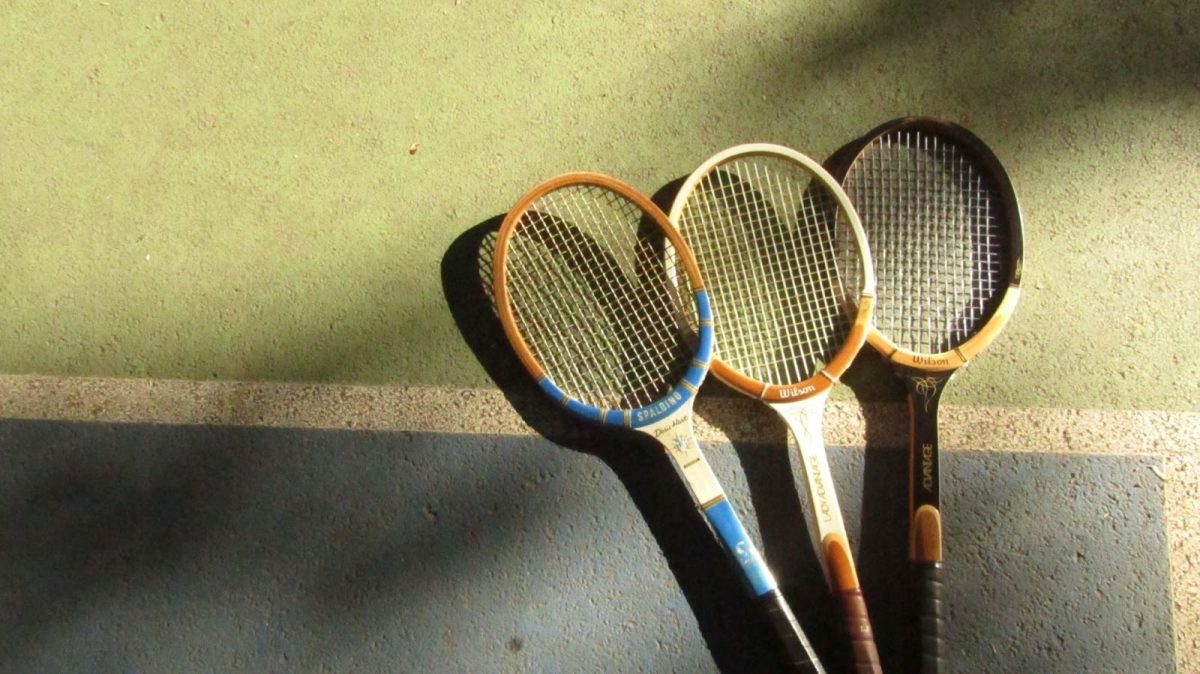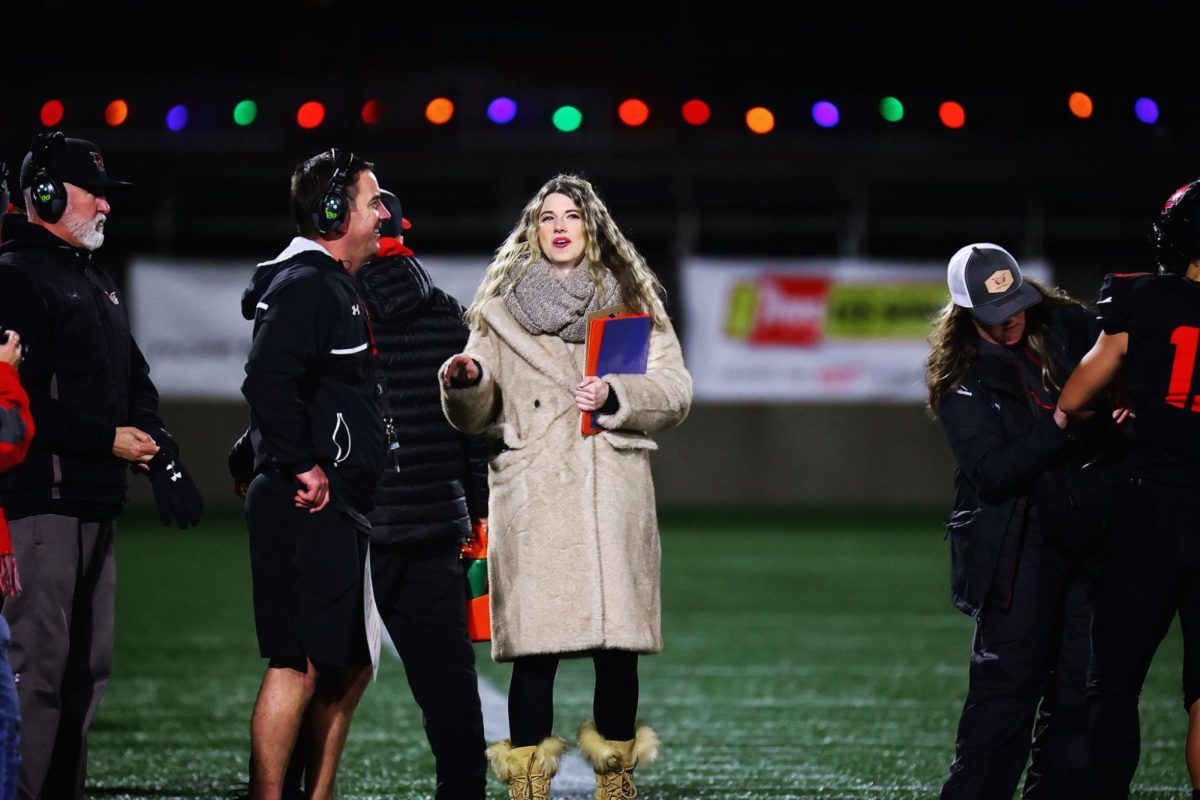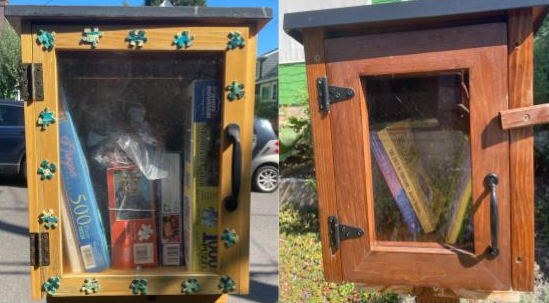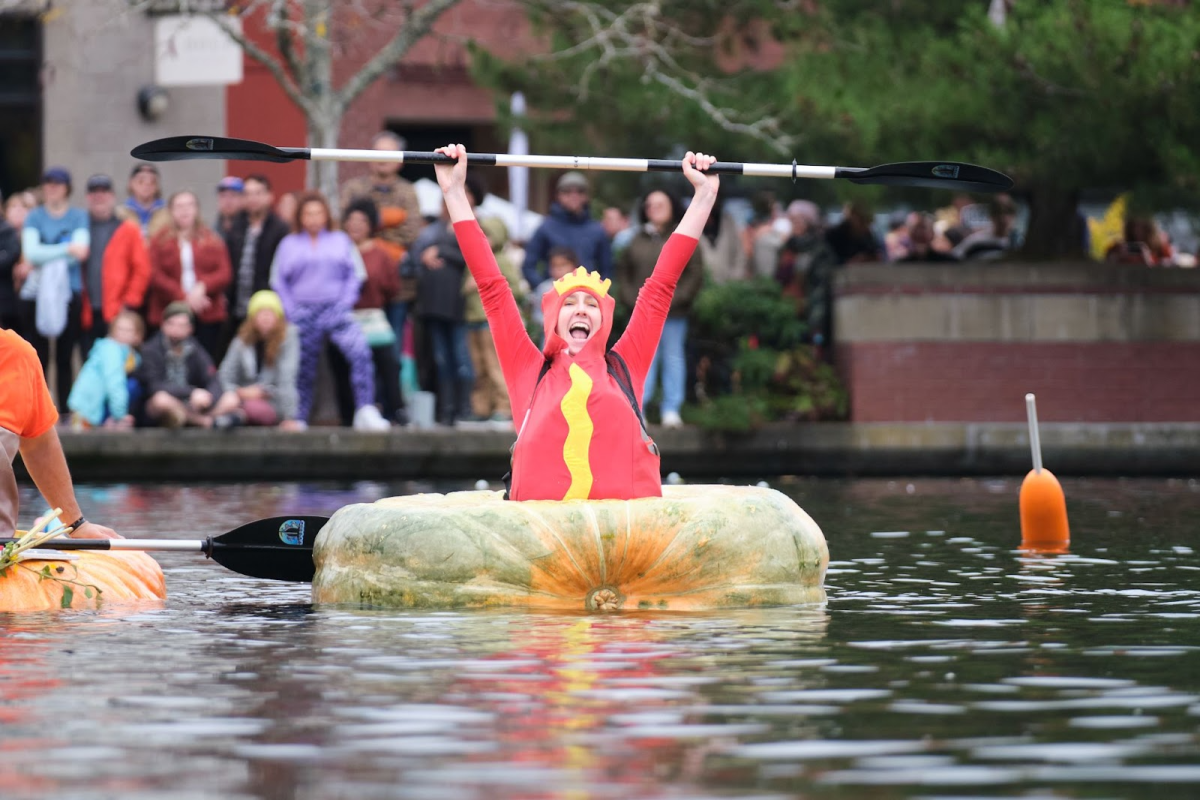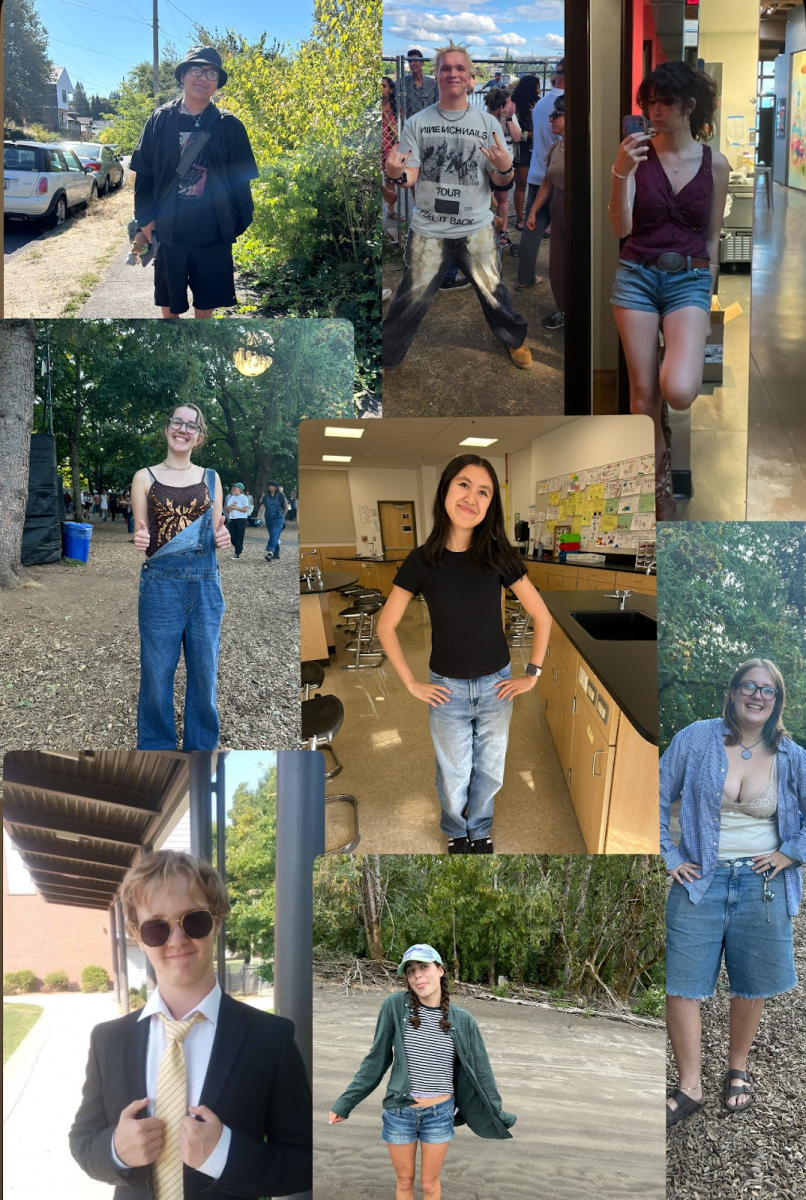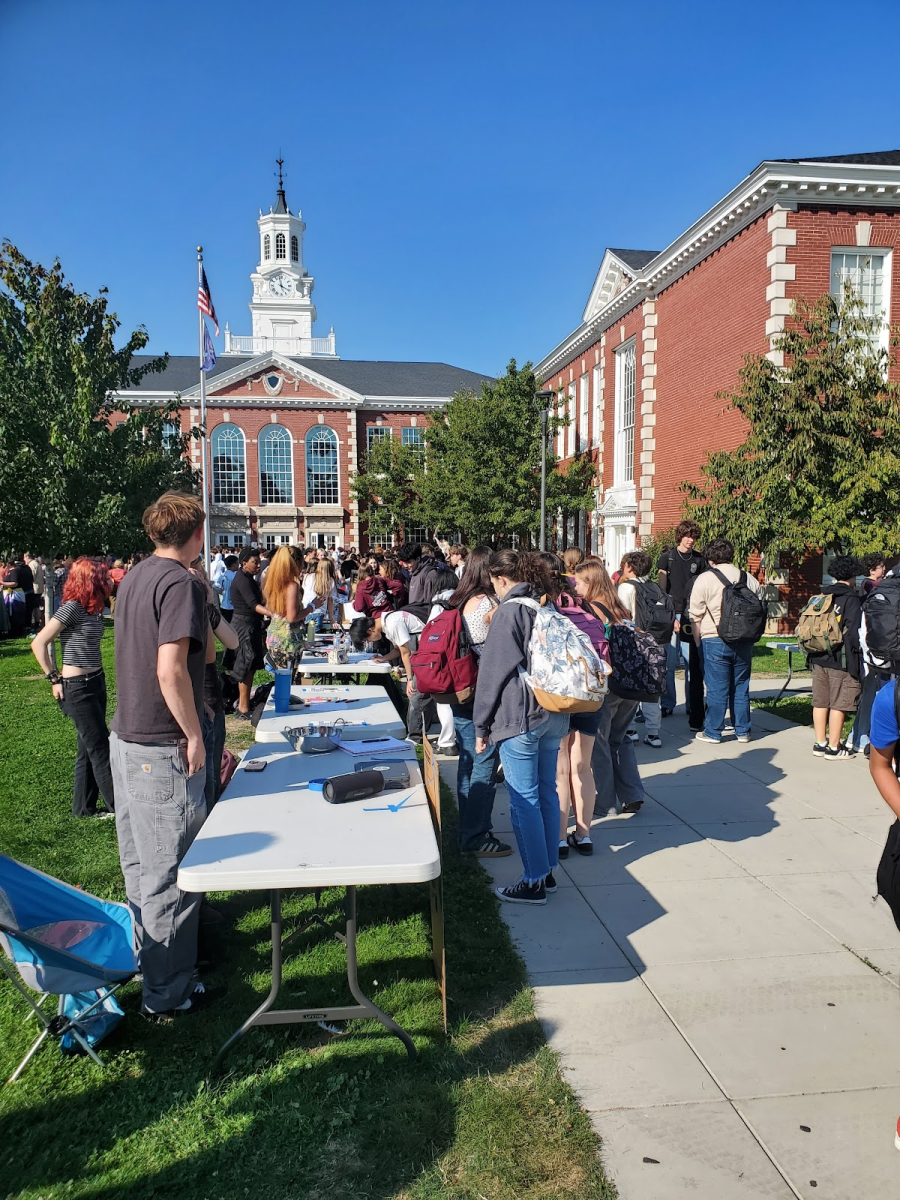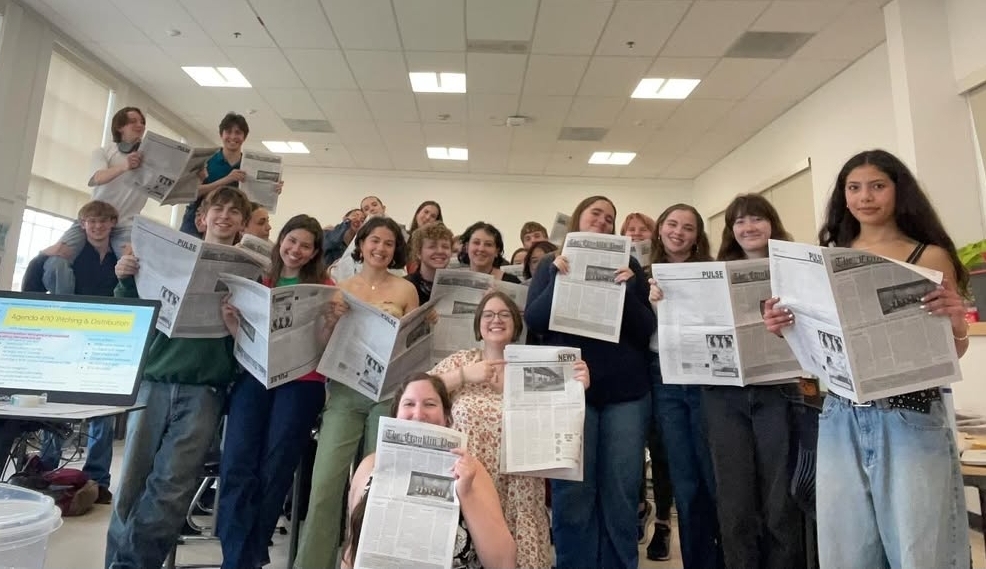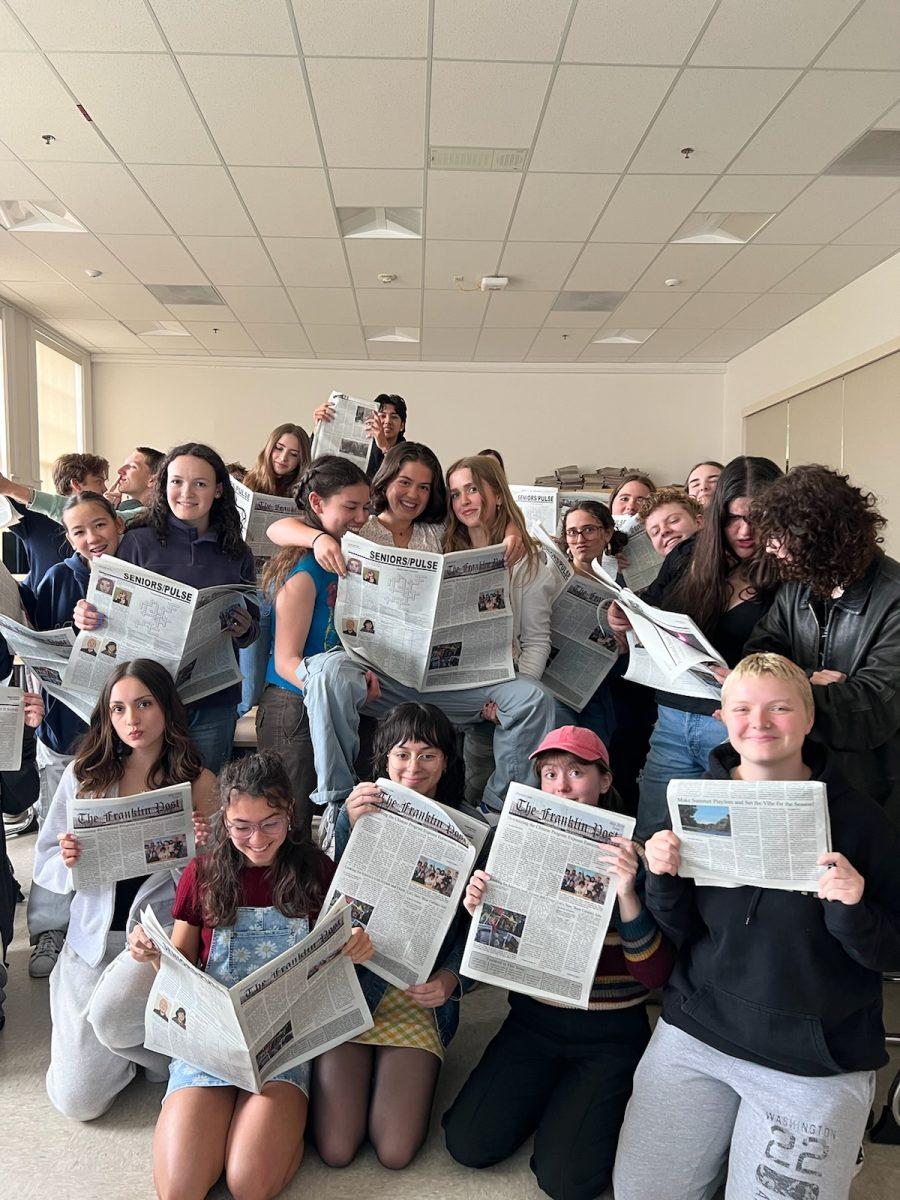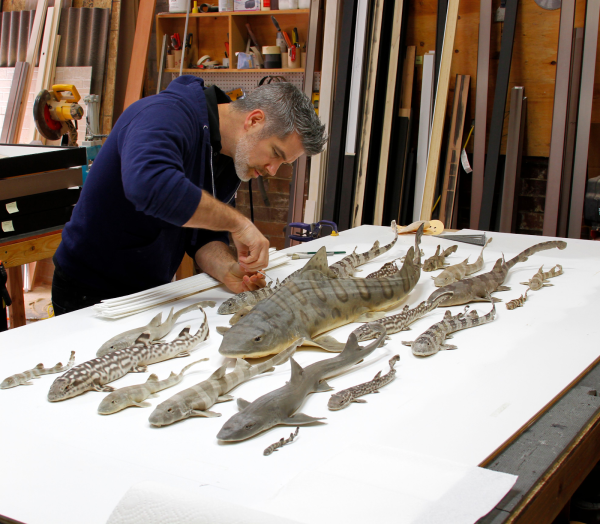
Nature is beautiful, precious, and alive. Oregon artist Christopher Marley highlights the beauty of nature in his art exhibit “Exquisite Creatures Revealed,” which was shown at the Oregon Museum of Science and Industry (OMSI) from Oct. 4, 2024 to Feb. 17, 2025. Marley’s work preserves plants and animals in a unique way that allows the specimens to appear almost lifelike. This creates an impactful exhibit that allows viewers to see unique creatures that they might have never had the chance to observe or be taught about.
The true goal of “Exquisite Creatures Revealed” is to connect people to nature. The different rooms and nooks are themed in various ways to catch the attention of viewers, such as by size, texture, or species classification. Included among the displays are blurbs by the artist, adding context and information to the pieces. It’s all designed to be memorable and to bring appreciation to these truly exquisite parts of our planet.
Marley’s main interests growing up were reptiles and drawing monsters. Before working as an artist, Marley was a model who traveled all over the world for his work, and this traveling led him to see the world in a different way. No matter where he went, the beautiful insects he found while traveling were a cross between the reptiles he’d searched for and the monsters he’d drawn in his youth. Marley describes his explorations, saying, “Whenever we weren’t shooting, I’d run into the jungle or the forest or whatever biome was nearby and just looked for reptiles, and [I] was running into one crazy insect after another that I couldn’t identify.”
Despite initially finding them scary, Marley was enamored by the insects he saw wherever he went. “They were crazy. They were weird. Sometimes they were beautiful,” Marley explains. “They were these enigmatic little monsters and I wanted to be able to capture that as an artist, which is how it all started.”
He began to collect the insects he found as souvenirs from the countries he’d been to. After doing so, he wanted to create an art piece from them to put up in his living room as a representation of all the places he’d been. Marley reflects on the beginning of his artistic career: “I fell in love with the process and couldn’t get enough of it. I was learning more and more.” He opened a small gallery in Hermosa Beach, CA.
Despite taxidermy being the most known form of animal preservation, Marley decided to preserve the animals using different techniques to make them look alive. He taught himself the preservation techniques, which led to a totally unique style that allowed him to preserve the entirety of the animals, not just the skin. He also preserves flowers and plants with these techniques.
“Seeing things up close and personal is way better than online,” says Franklin AP Environmental Science teacher, Megan Whisnand. “I’ve watched a ton of nature documentaries and [have] read articles, but [when you] really look closely [at nature] … the beauty of [it is highlighted].” Marley is also a strong believer in putting your phone down and getting in touch with nature. “We are becoming a two-dimensional society,” explains Marley. “There are some great aspects to screens, but we are losing connection to the natural world, and I think there’s a real power in having an intimate connection with nature.” Marley wants his audience to be able to connect with nature through his work, hoping that those connections will form bonds between them and the natural world — the way he was able to. “I’m hoping that people come away [from my exhibit having discovered] a real passion … and [I hope I can] make that connection to nature a little stronger.”
There is truly so much to learn from nature if we let it teach us. Whisnand agrees with this sentiment, even offering her students extra credit if they go to OMSI and look at the “Exquisite Creatures Revealed” collection. Franklin student Jasper O’Hanlon says, “I think the exhibit could be really beneficial to students because it gives you the chance to see the variety and beauty of nature. It honestly might inspire some kids to protect the environment.” A big part of this impact is how lifelike the specimens are. O’Hanlon adds, “It’s pretty crazy how alive the pieces look considering the subjects are deceased, and I think that really speaks to the artist’s talent.”
When I visited the exhibit myself, I easily spent two hours roaming the space, reading about and looking at all the amazing animals and plants. To me, the most interesting pieces were ones where a single animal became a piece of art just by existing — such as several birds and a large crab which stood out to me in this regard. These simple pieces with their bright colors were my favorite; the techniques Marley used allowed me to feel a connection to the animal while remaining highly artistic. In some art pieces, the animals looked unnatural or dead, which caused me to feel disconnected from the art at the reminder that I was in a room full of deceased animals. Nonetheless, I’m grateful for the variety in the exhibit as it allows people to find the specific things that speak to them, which, in the end, is Marley’s goal.

